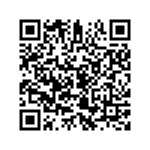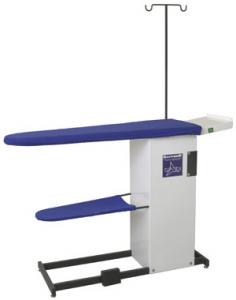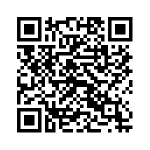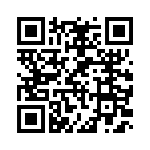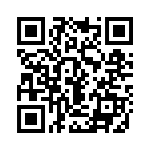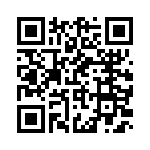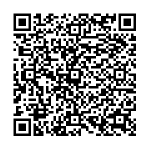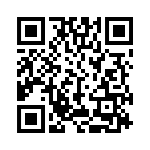12 Pressing Equipment
Sheri Deaton
Pressing Equipment
“Develop, implement, and demonstrate laboratory policies and procedures based on current industry standards specific to the focus of the course to ensure both the safety of students and clients and sustainability of products and the environment.”
Irons are used for pressing and sometimes forming fabric. The heat and steam from the iron are also used to adhere fusible interfacings to parts of fabrics that need stability (Apple, 2021).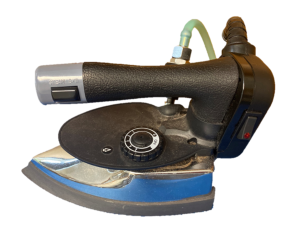 Vacuum Ironing Board Tables use a vacuum system to hold the fabric in place while ironing and allow for fast drying of damp items (Apple, 2021). There is an attached swing arm to get into smaller spaces such as sleeves, necklines, etc.
Vacuum Ironing Board Tables use a vacuum system to hold the fabric in place while ironing and allow for fast drying of damp items (Apple, 2021). There is an attached swing arm to get into smaller spaces such as sleeves, necklines, etc.
Ironing Boards are essential for ironing or pressing. Boards come in a variety of shapes, sizes, and colors. Consider purchasing a variety of boards for the sewing lab so that students can see how to use boards in a variety of shapes, sizes, and styles.
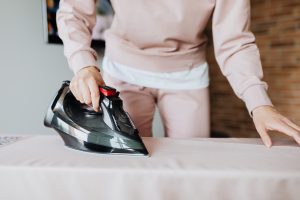
Additional Tools: Other items you may consider purchasing for the apparel production lab or your own sewing room include but are not limited to a clapper, EZY hem, press cloth, sleeve board, and tailor’s ham.
- Beth at Sew DIY (2020) created a brief video outlining Tools for Better Pressing. Check it out! She also describes some of her favorite tools and includes links for purchasing.
Pressing Vs. Ironing
Pressing and ironing are not the same.
- Pressing is when you press the iron down on a specific part of the project and lift it back up (Westfall, 2013).
- Ironing is when you slide an iron back and forth on a surface to remove wrinkles (Westfall, 2013).
Iron Safely
Personally, I love to iron! I love seeing the wrinkles leave the clothing and the smell of starch mixed with steam. Instant gratification is one that I do not receive in many areas of my life. However, ironing can be quite tedious, disastrous, and dangerous if not done properly. When you are ironing or pressing, be sure to follow these guidelines (Deaton, 2021):
- Don’t iron distracted. Put away the phone, put away the drink, and put away any distractions that might interfere with your ability to focus on the task at hand.
- Plug in safely. Plug in the iron with dry hands, ensuring that the plug goes firmly into the socket, without forcing it in the wrong way.
- Read and follow directions. Read and follow the labels on garments regarding the use of heat and steam. Not following directions can not only result in an unsafe experience but can also result in ruined clothing.
- Iron away. Situate the ironing board so that you can iron away from your body, not towards your body.
- Be cautious! If you have the iron on the steam setting, watch your fingers and your face. Steam burns are dangerous and should be attended to properly.
- Watch the cord. As you are moving around the laboratory, watch out for cords. Move cautiously and with purpose, paying attention to where you are going and where items are plugged in around the room.
- Unplug safely. Unplug the iron from the plug–do not yank on the cord. This could cause electrical damage to the cord’s interior and could lead to a faulty iron.
- When you are done with your iron, put it away. Do not leave it plugged in and easily accessible for young children.

TIP: After teaching students the expectations for how to press and iron safely, consider having students develop brief skits where they demonstrate one or more of the safety guidelines. Allow the class to guess what they are demonstrating, and why this is important for us to know and understand.
Hemming it Up
The more opportunities students have to practice their pressing or ironing skills, the more confident they will be at accomplishing this skill. Teach and enforce ironing and pressing safety skills throughout your lessons, insisting that these are always followed. Remind yourself and your students, even on tough days, to PRESS ON!
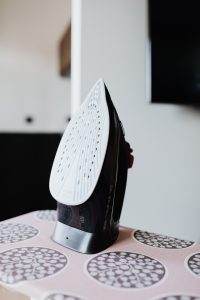
Resources
References
Apple, L. (2021). Introduction to Apparel Production Workbook. Uark.pressbooks.pub. Retrieved 20 September 2022, from https://uark.pressbooks.pub/introapparelproductionworkbook/.
Deaton, S. (2021). Teaching Apparel Production. Presentation.
Westfall, M. (2013). Successful sewing. The Goodheart-Willcox Company, Inc.

